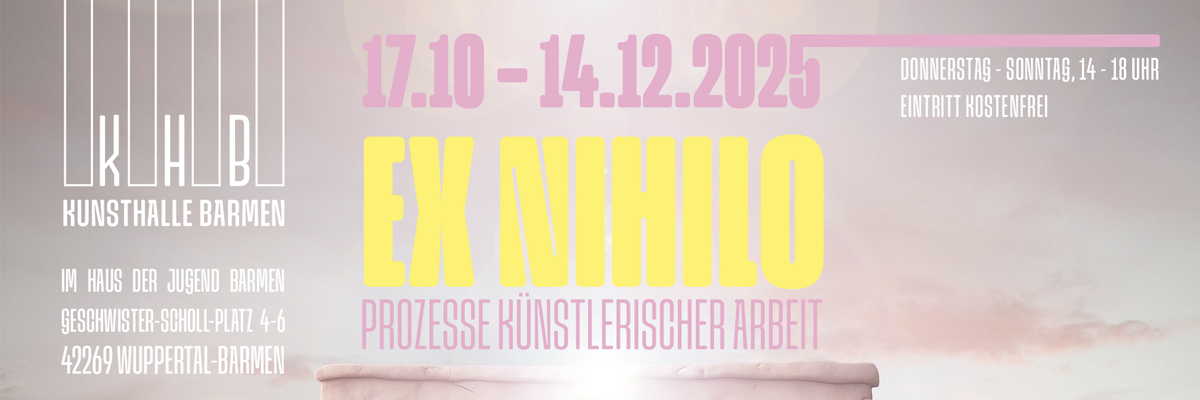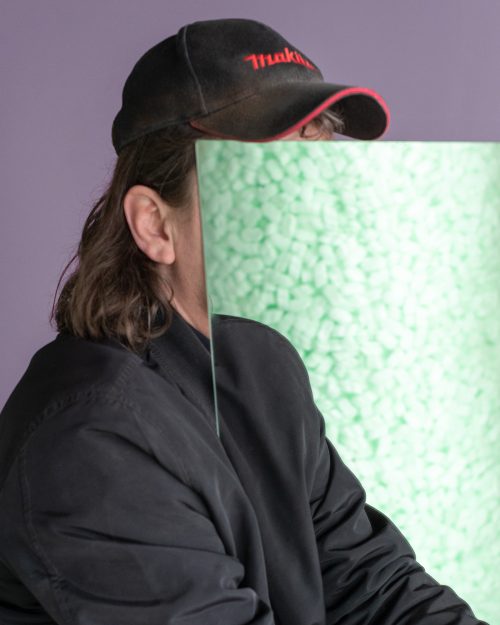
Naama Arad, Aleksi Taruts
Avicii Versace
Project Info
- 💙 Ta'ar Gallery
- 💚 Leila Rose Bari
- 🖤 Naama Arad, Aleksi Taruts
- 💜 Leila Rose Bari
- 💛 Yom Omer
Share on
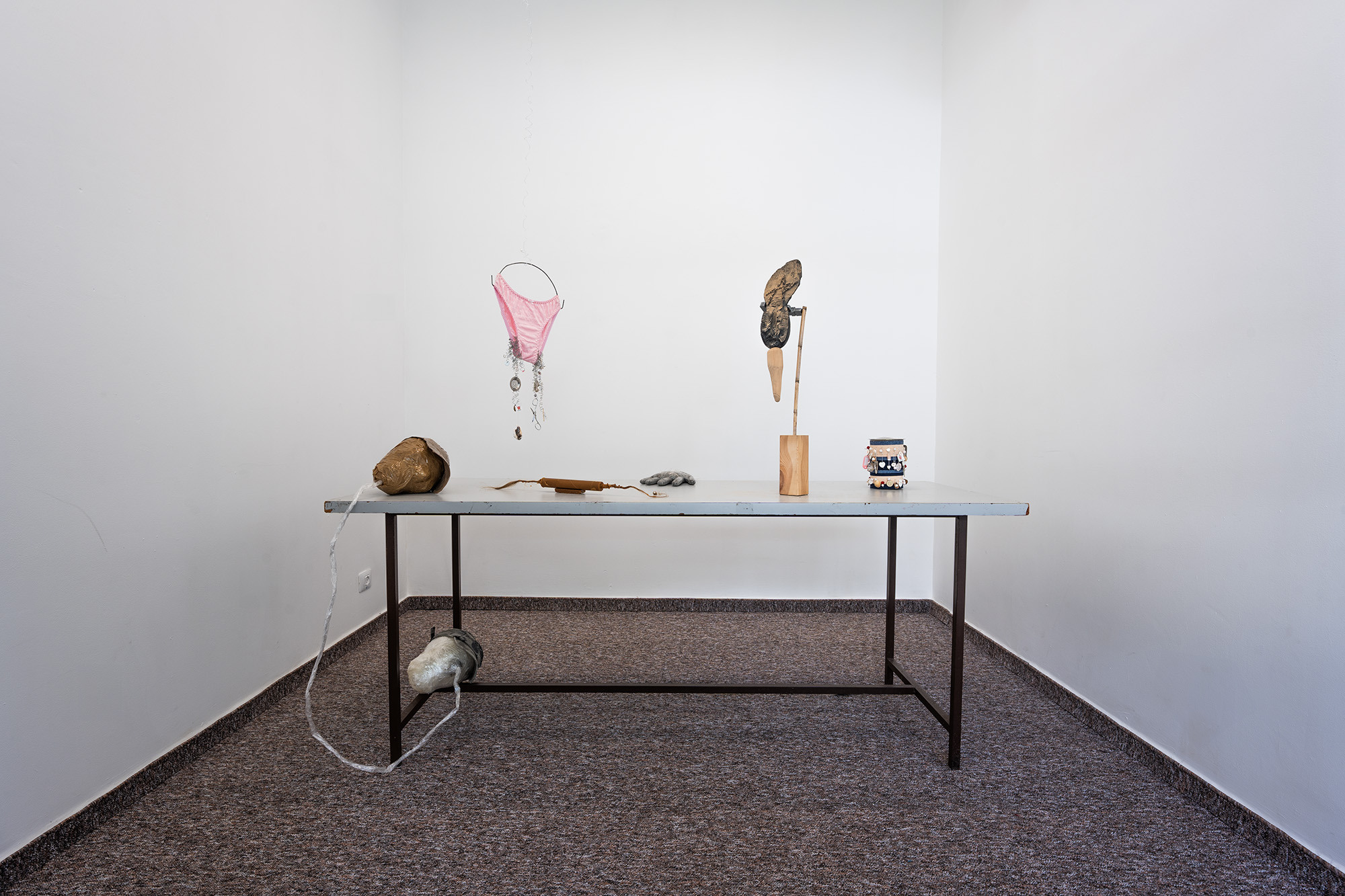
Advertisement
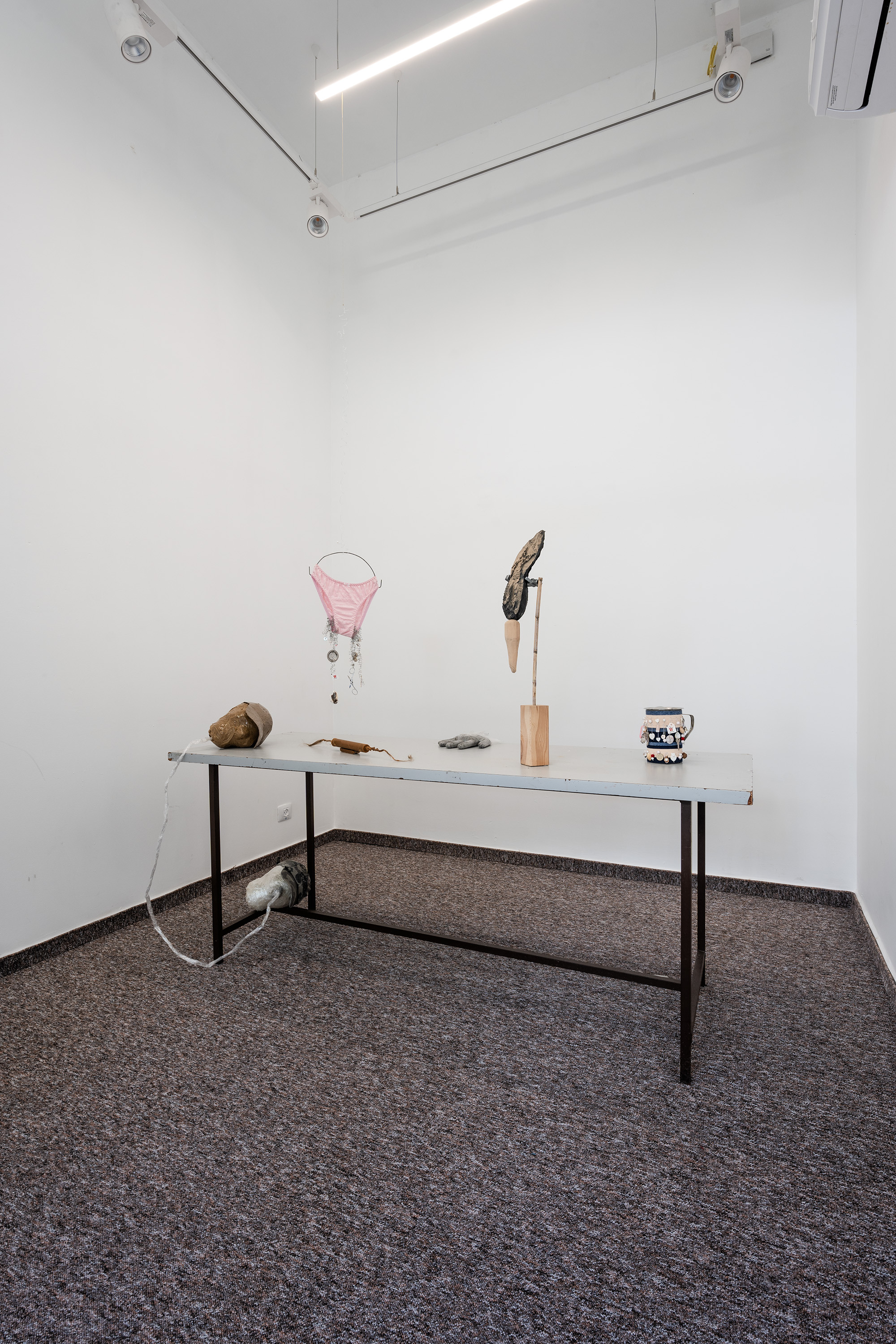
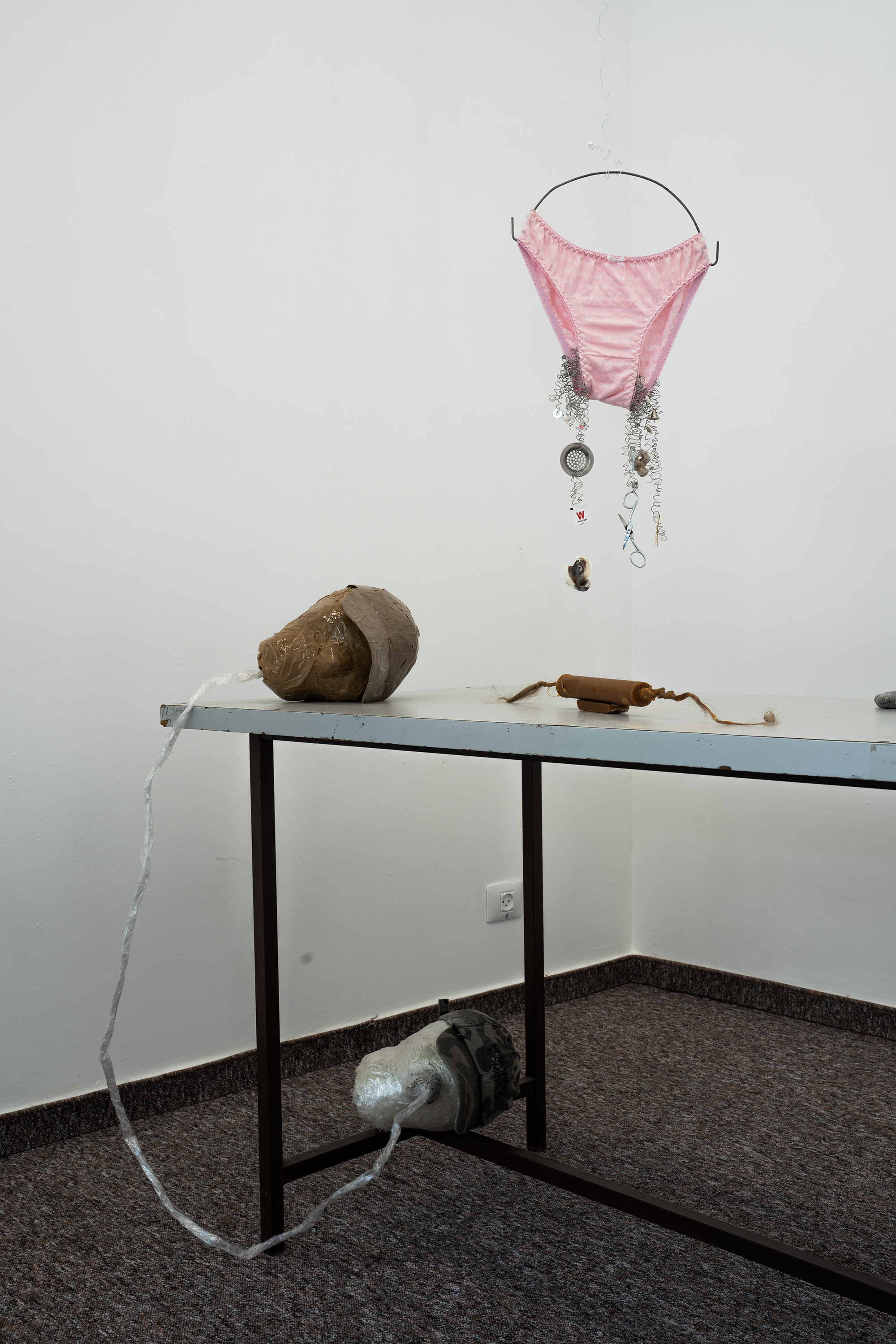
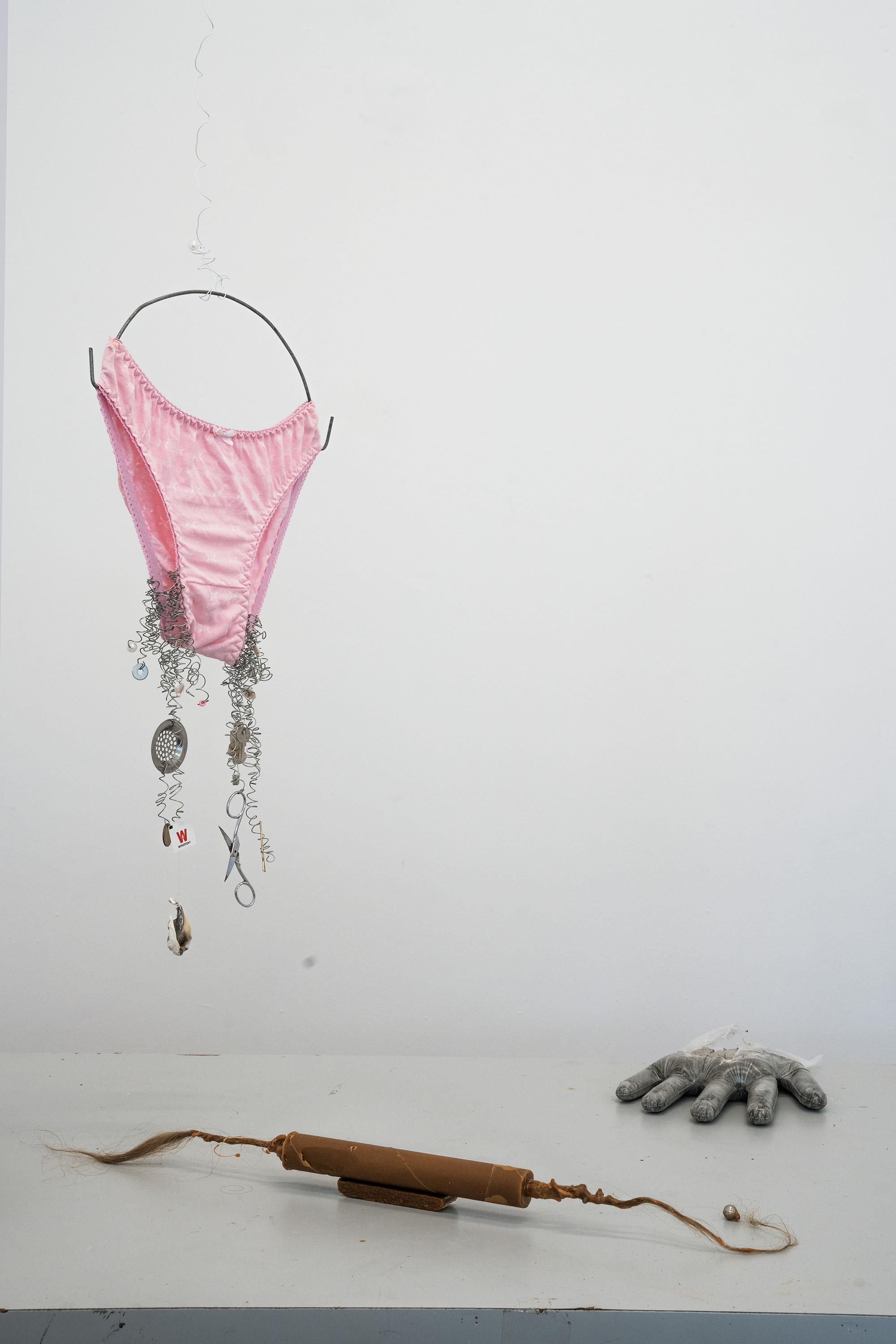
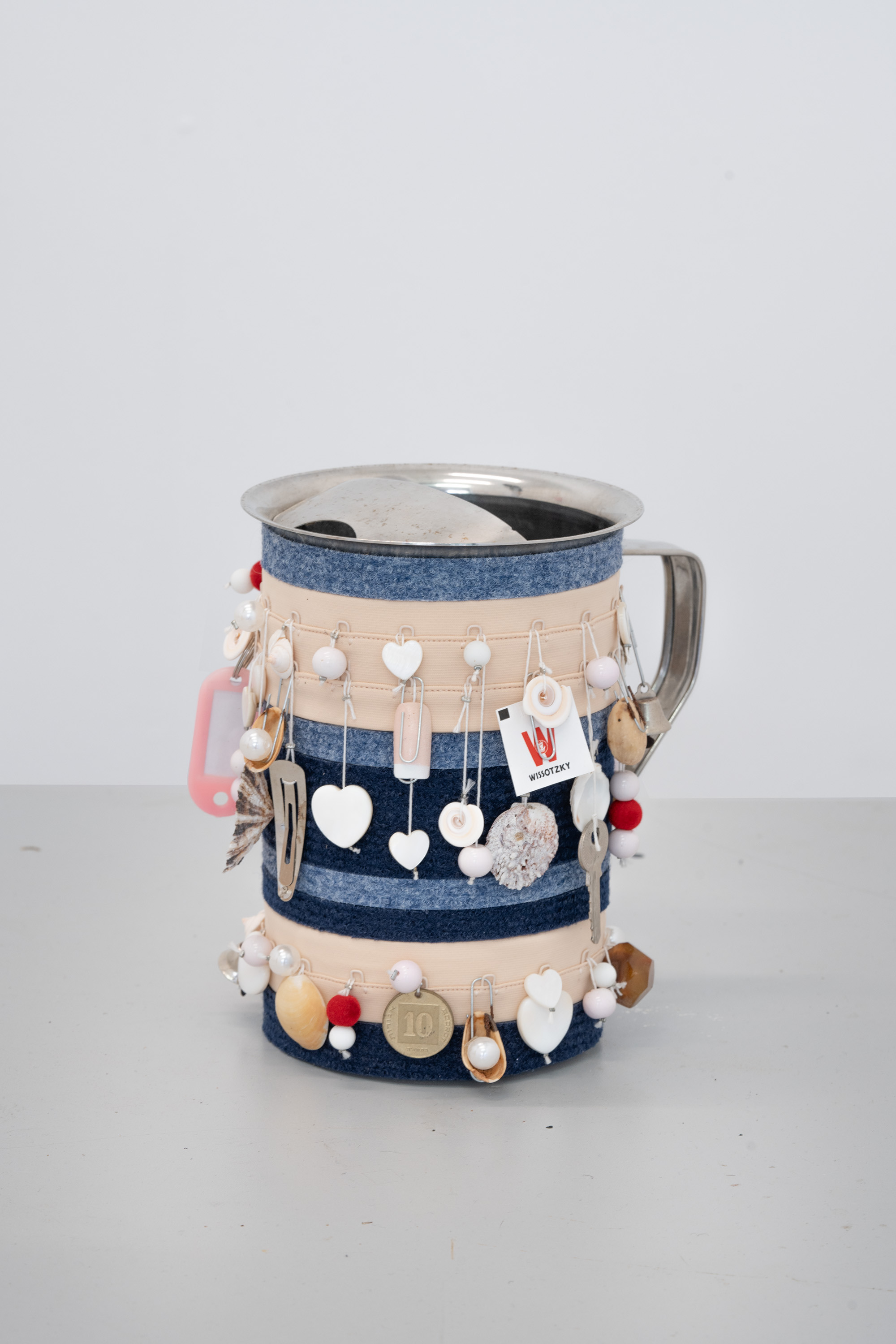
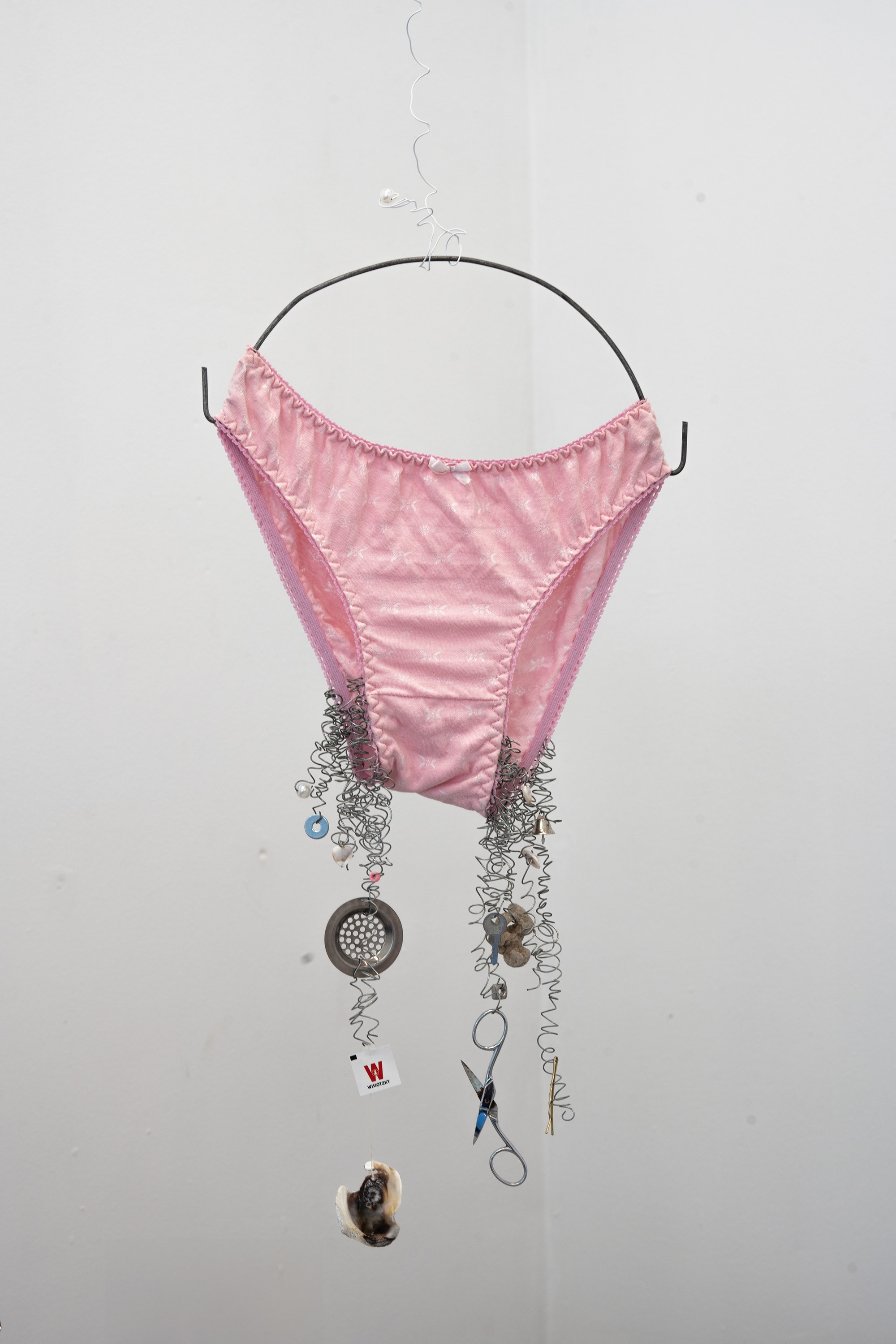
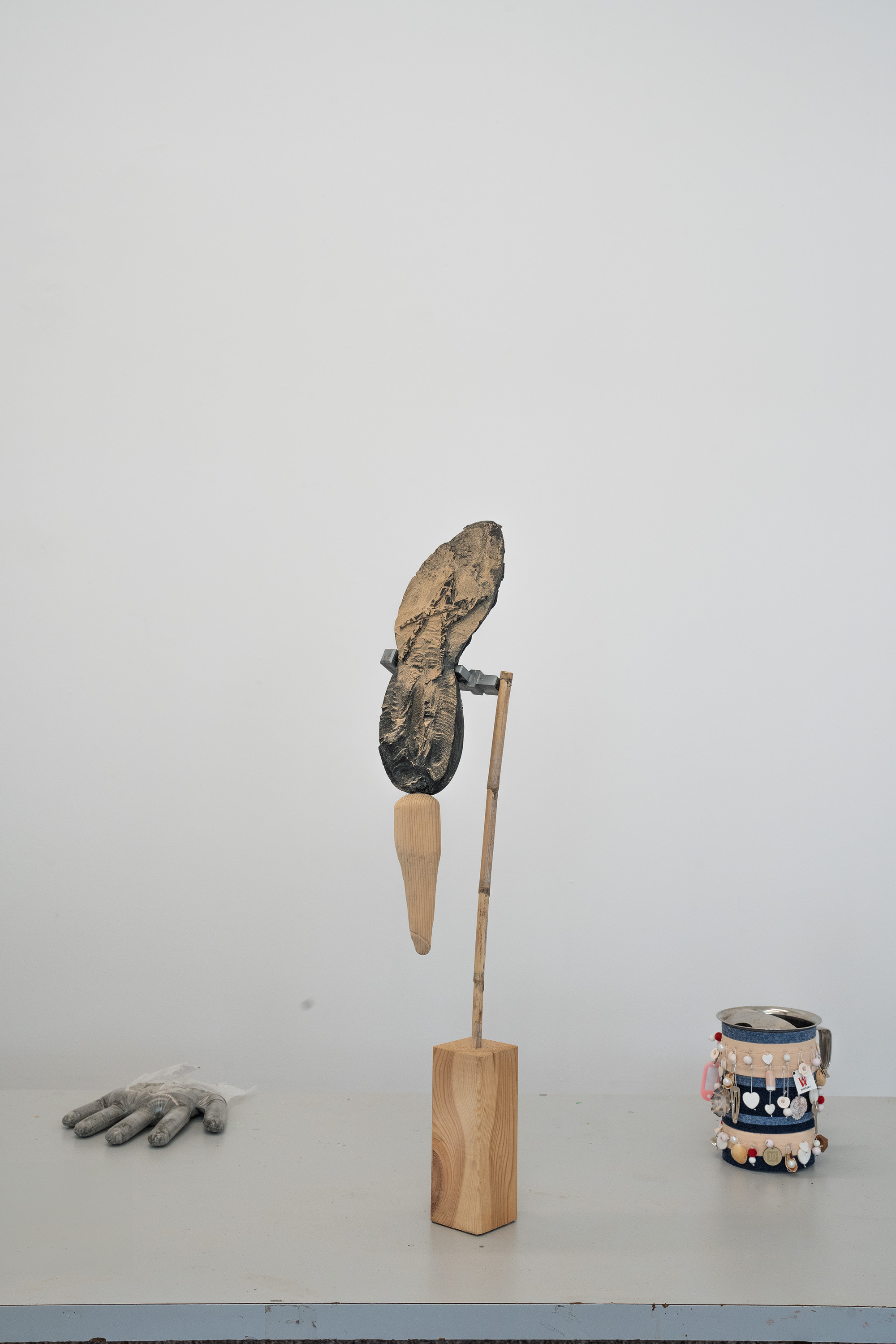
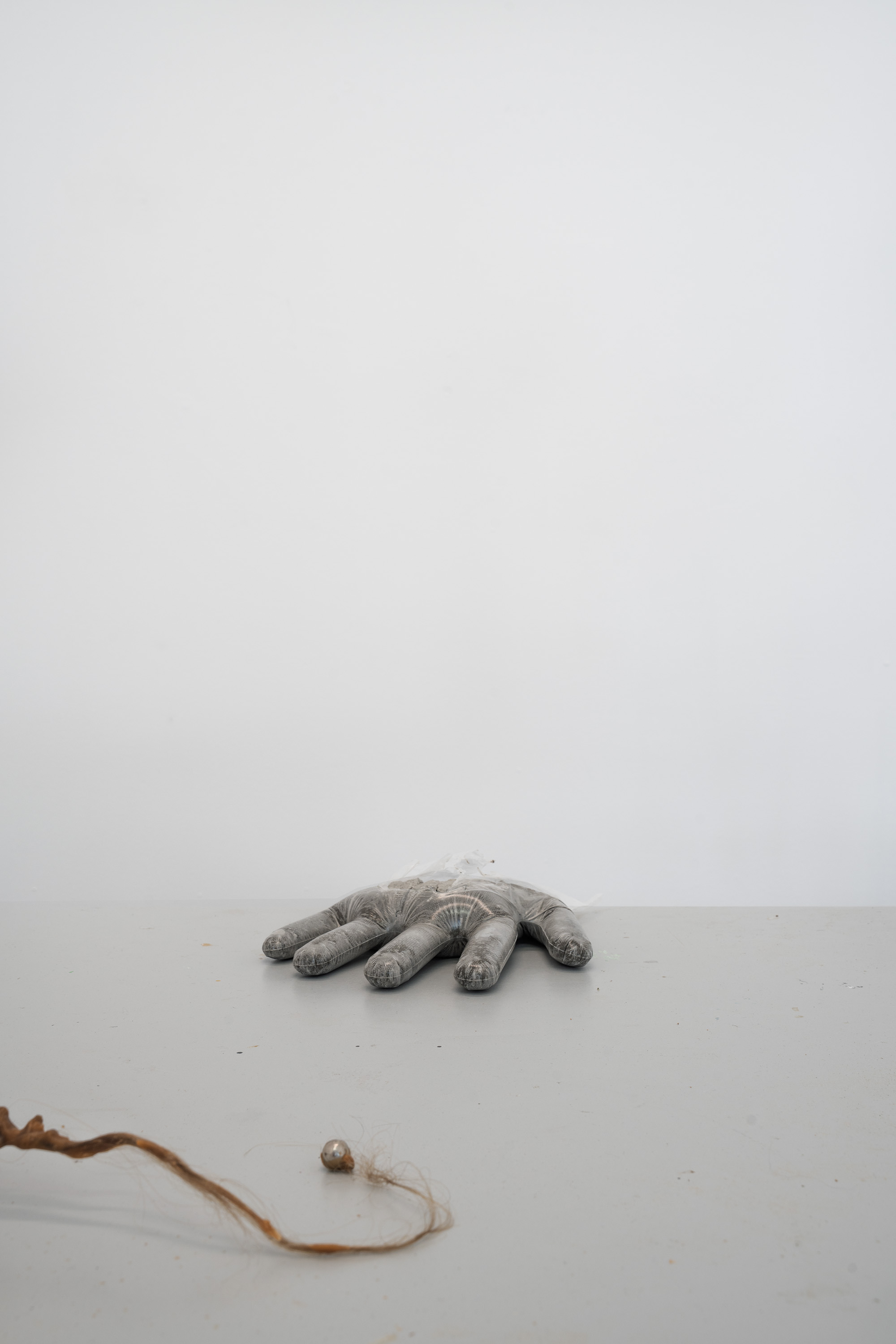
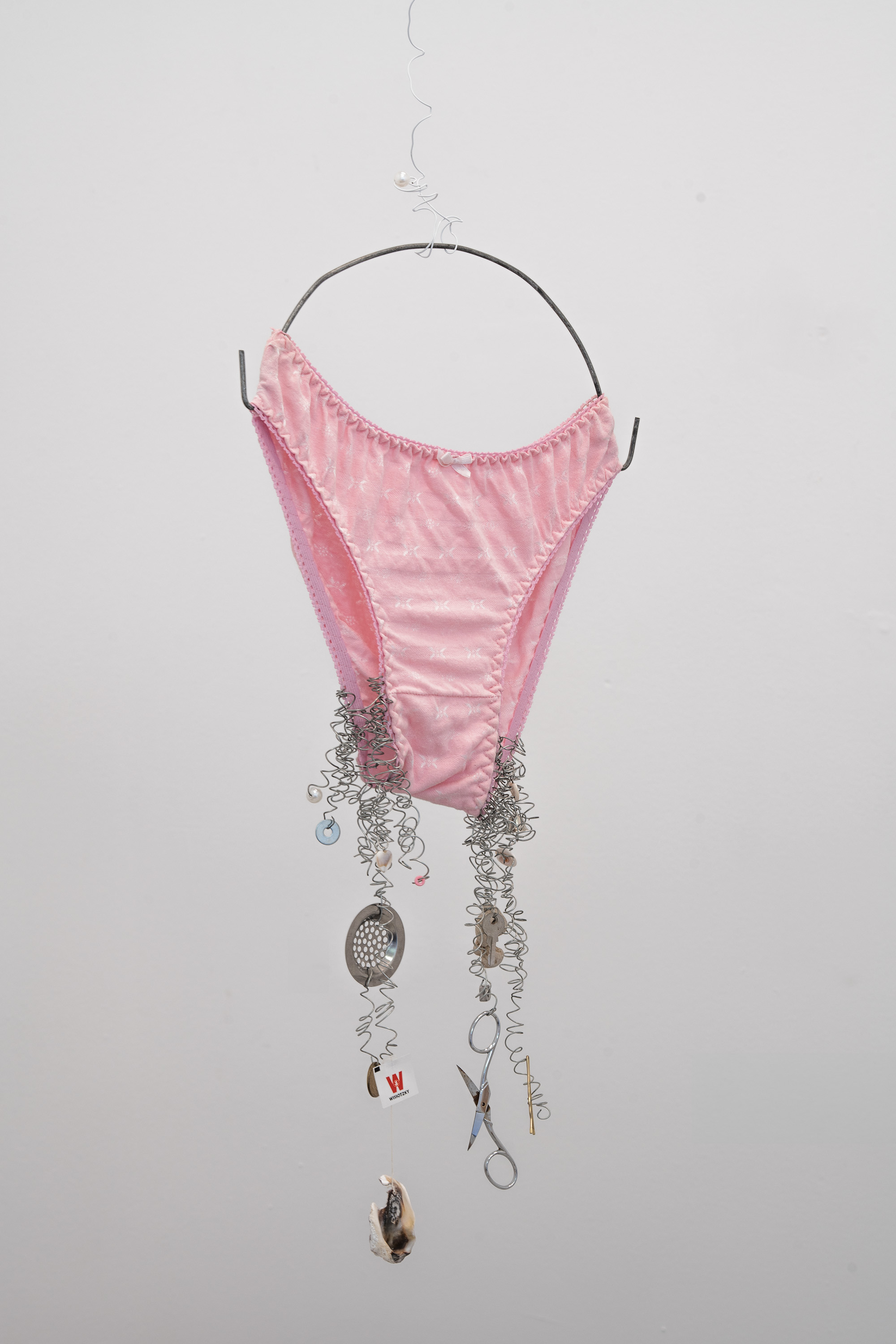
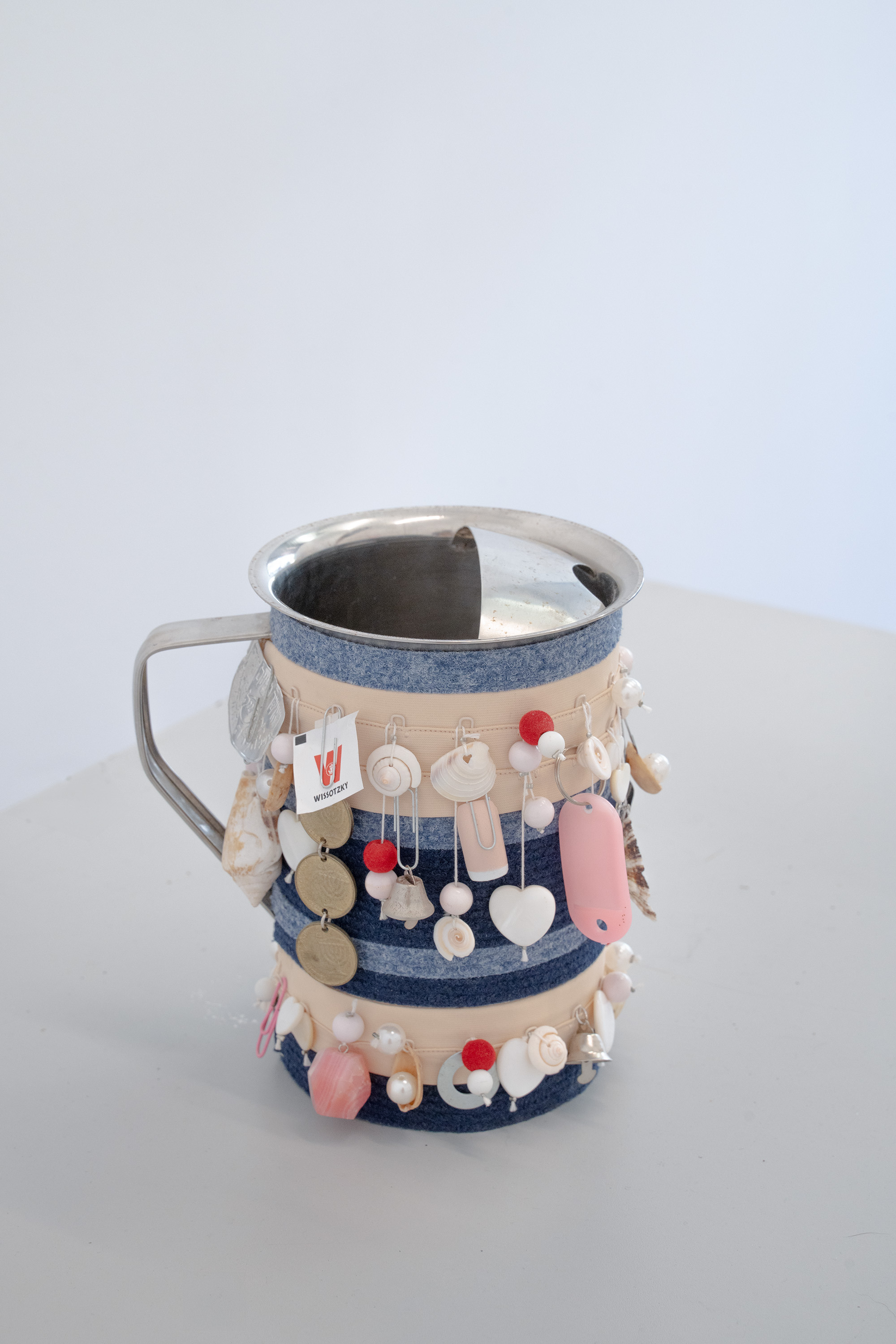
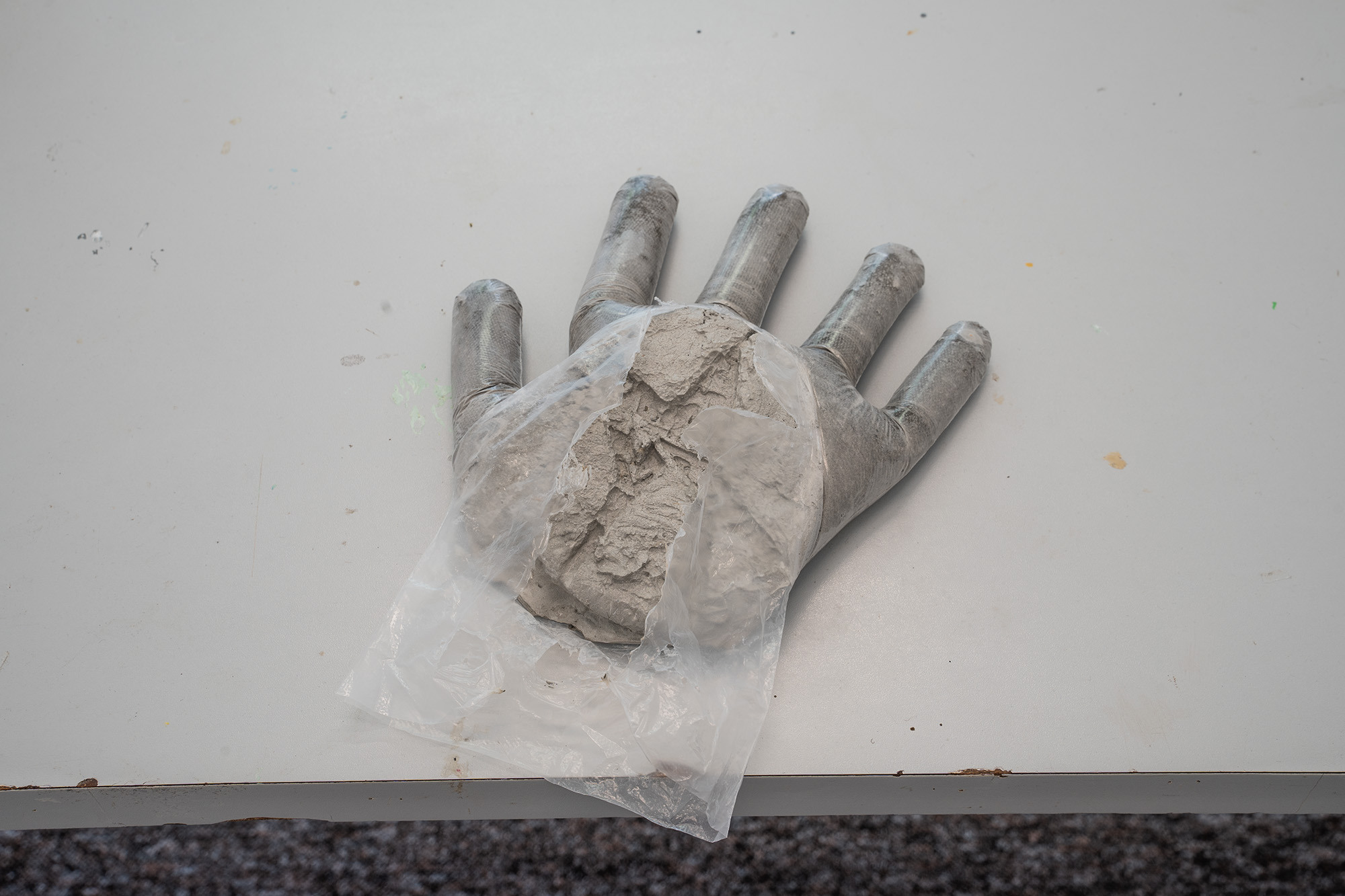
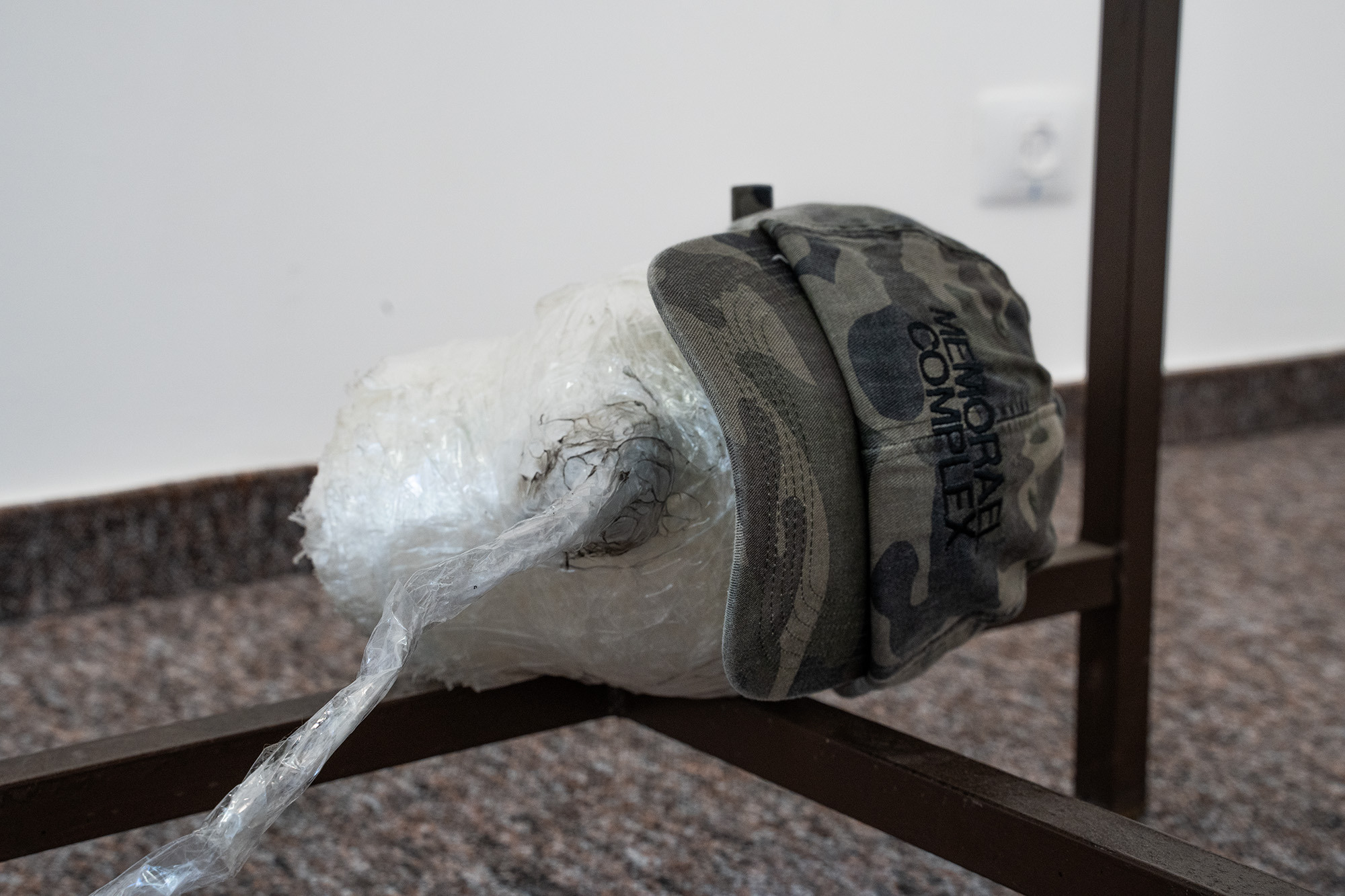
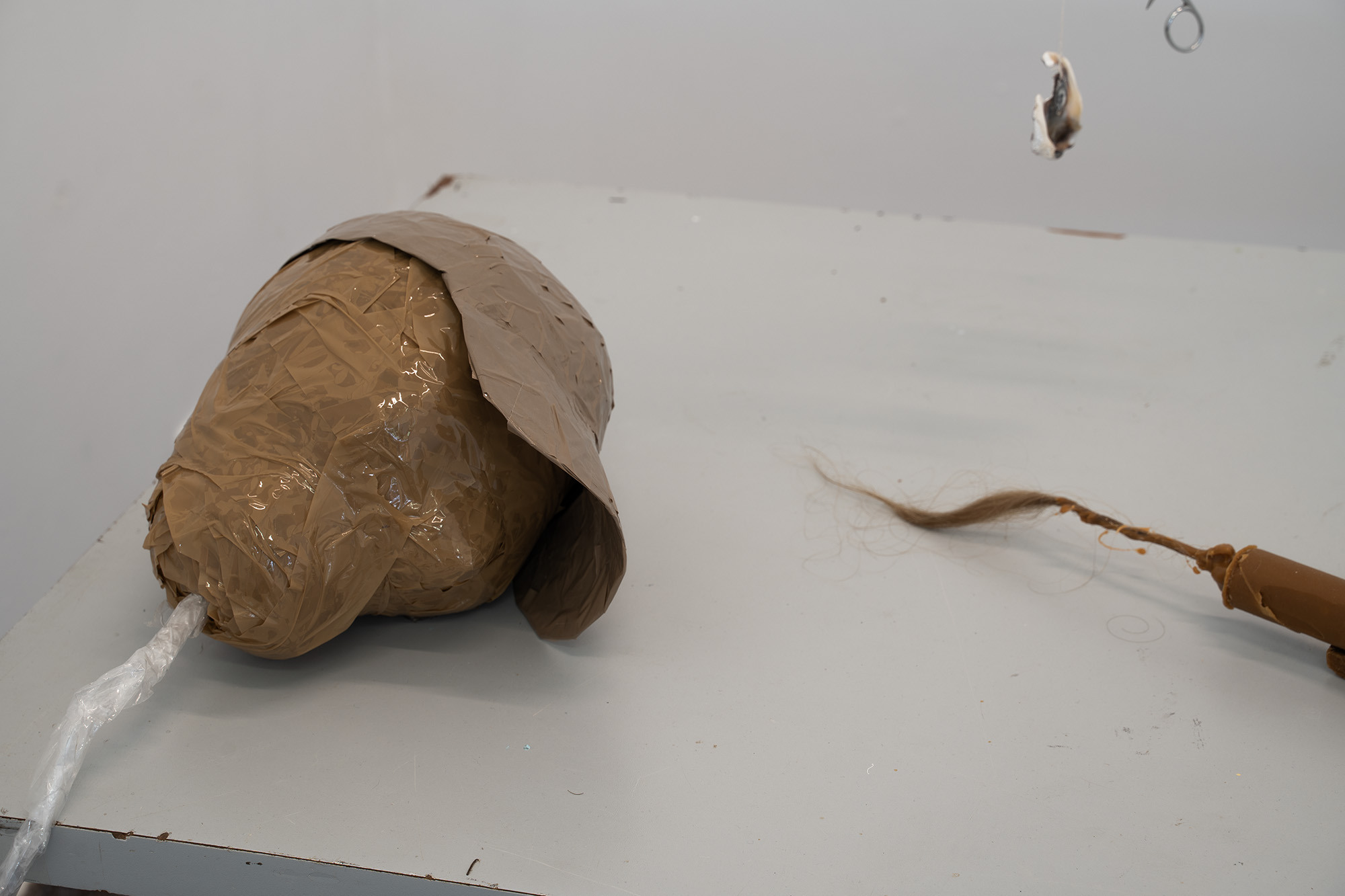
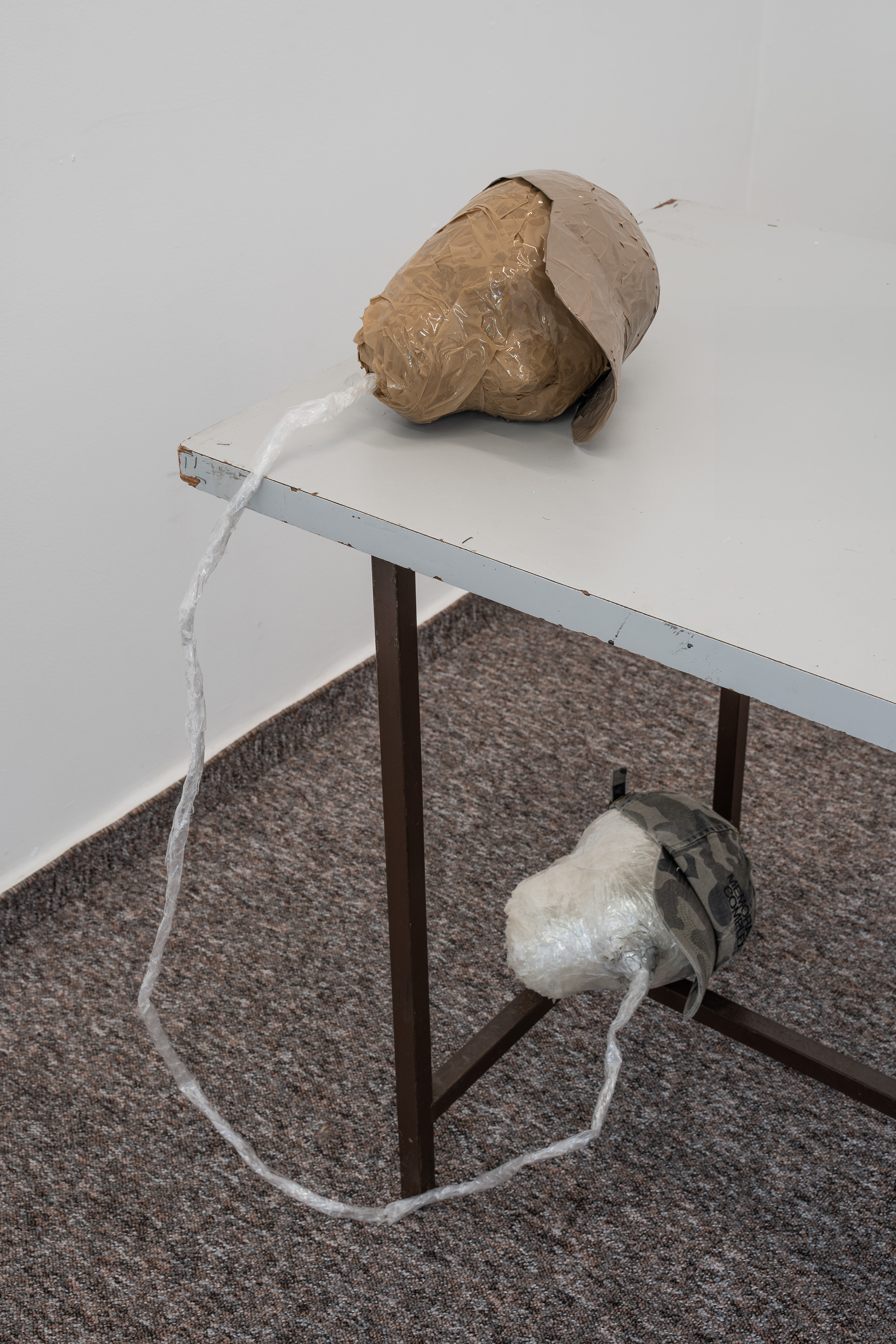
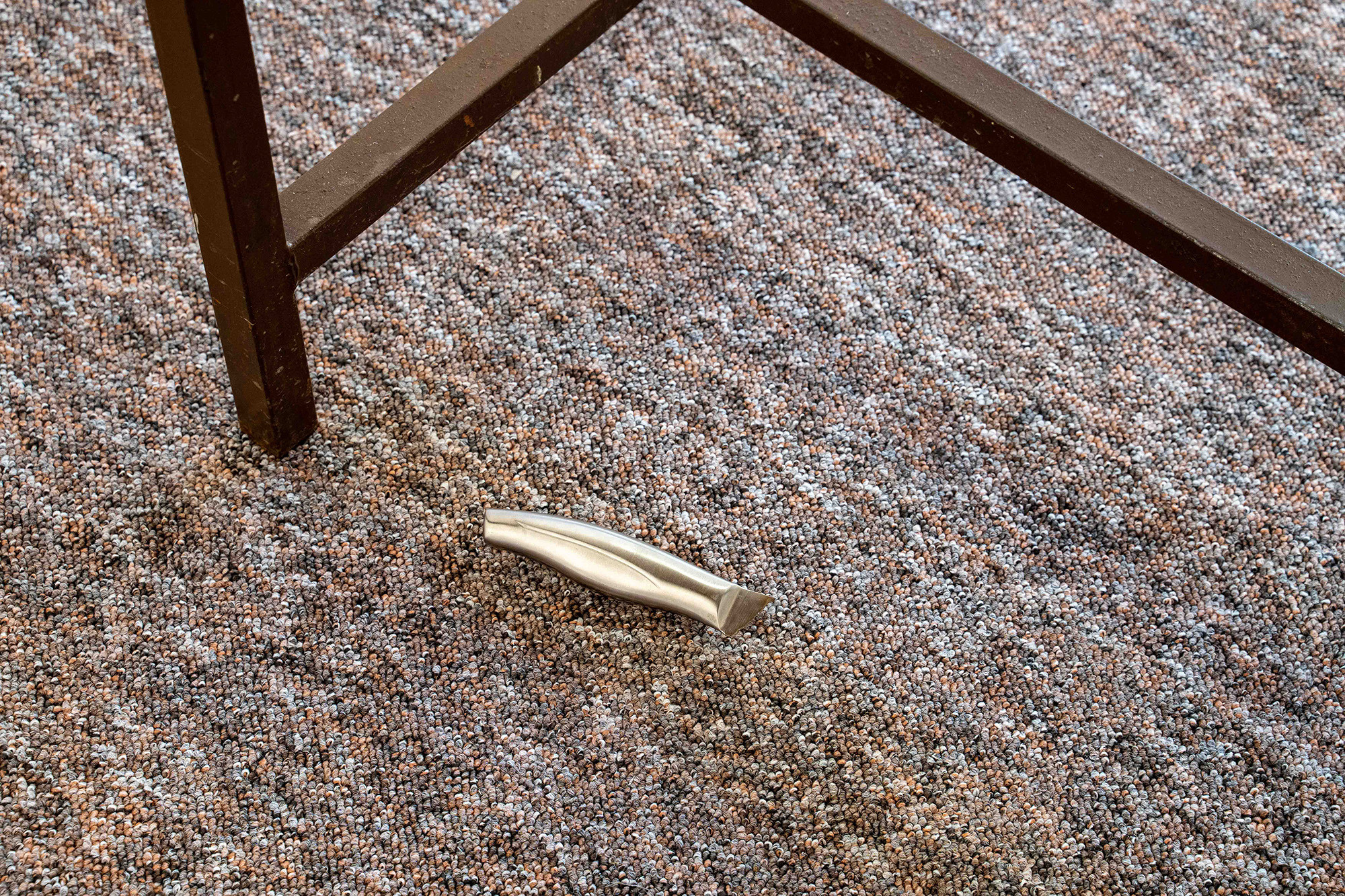
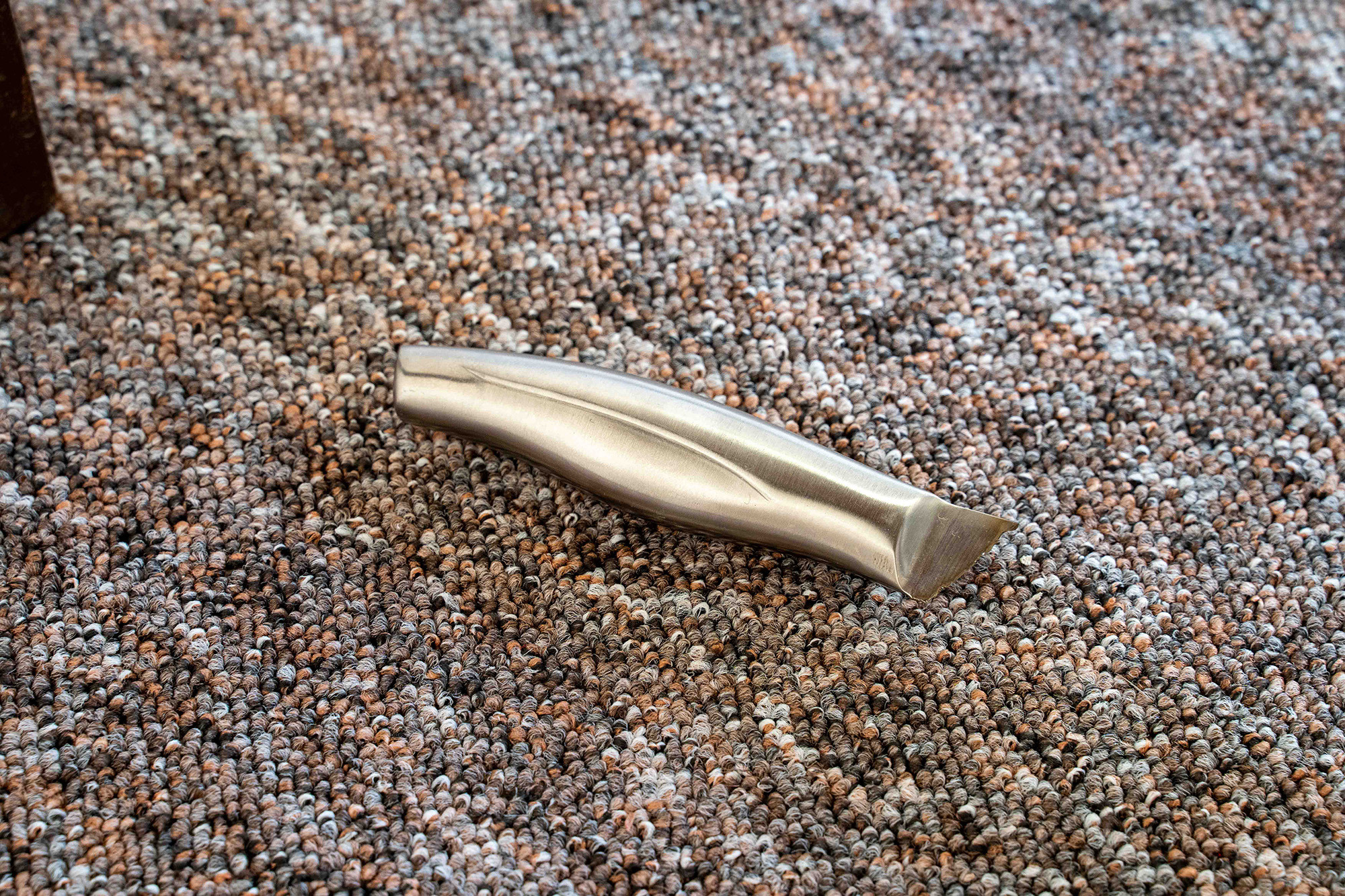
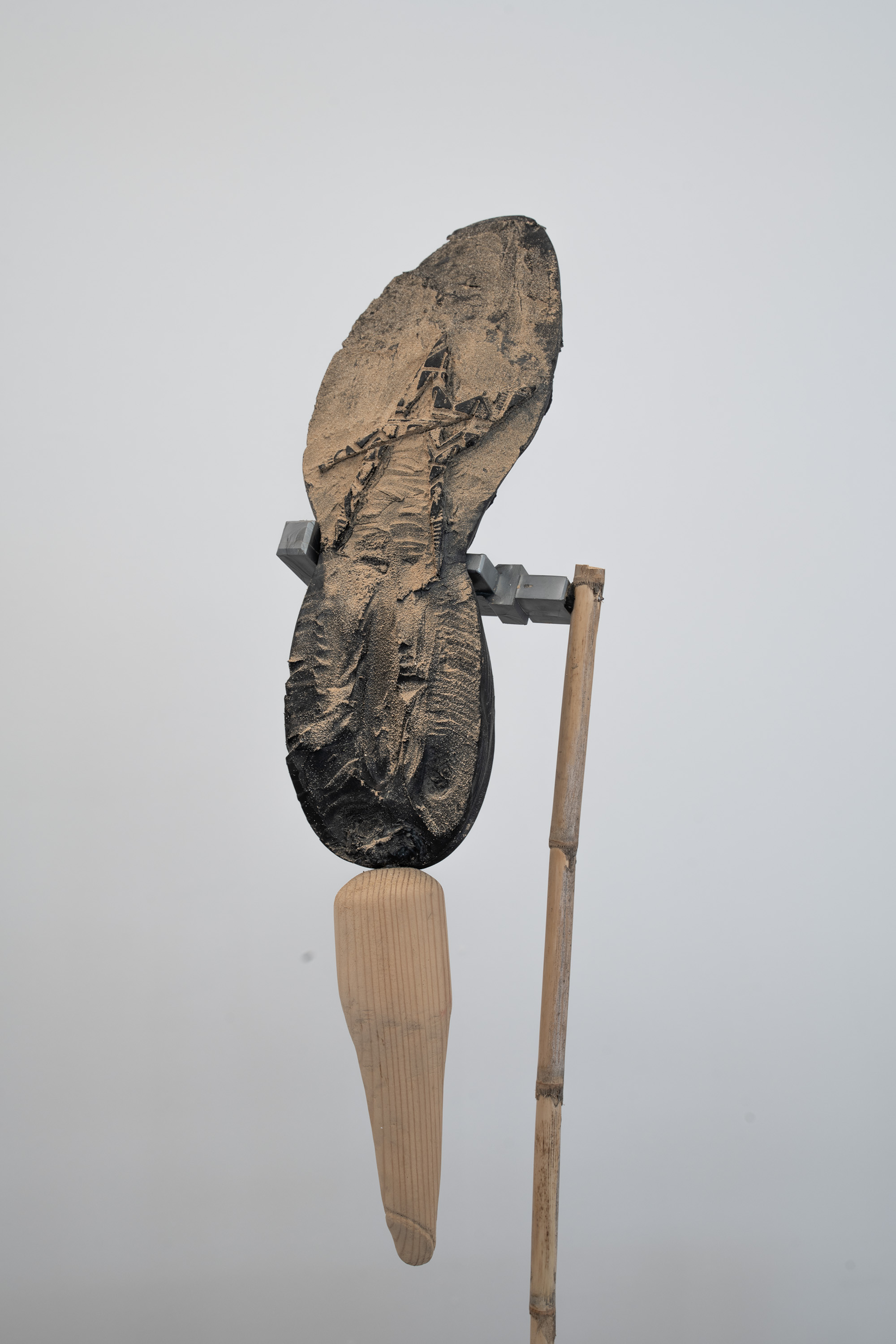
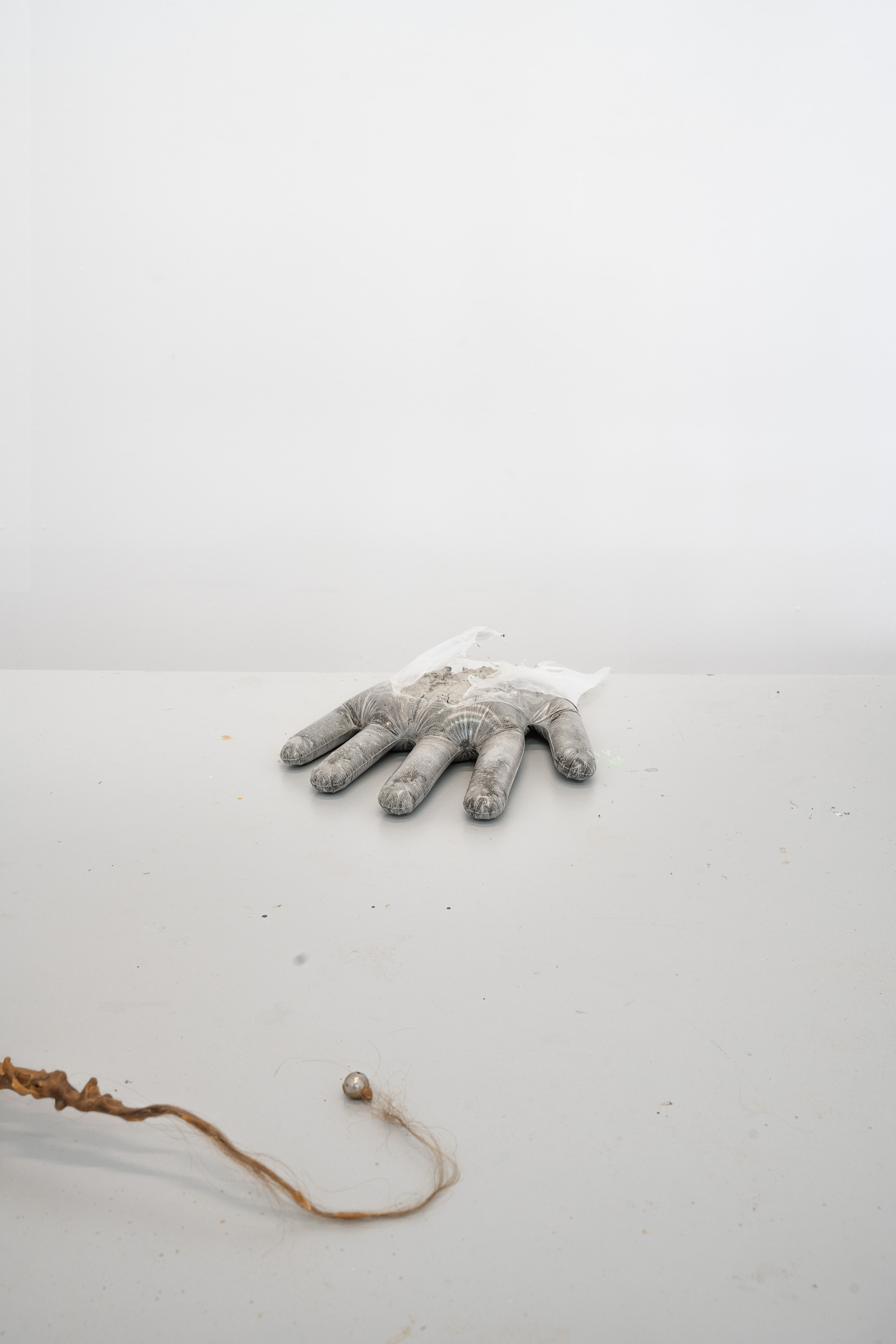
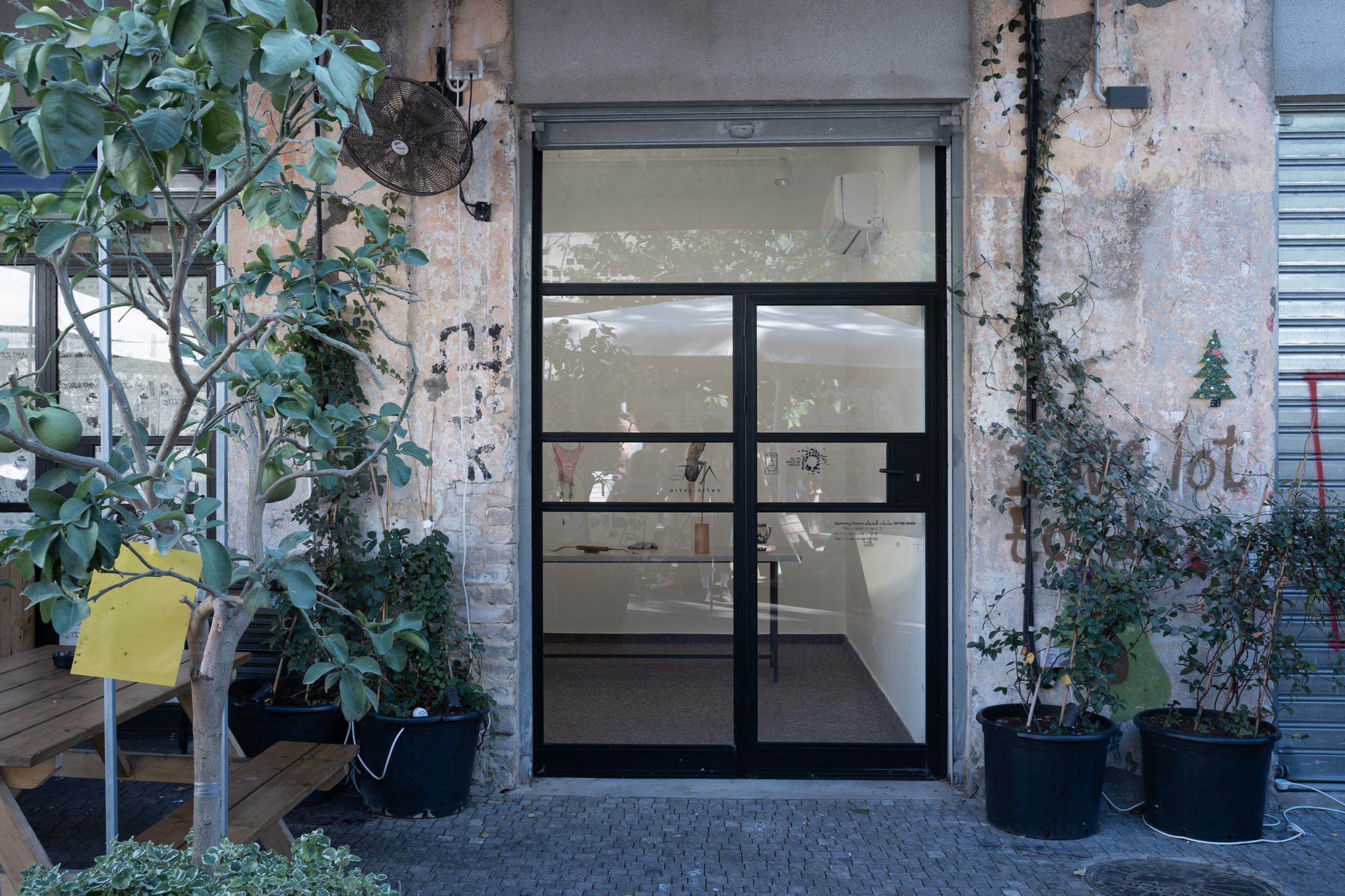
Avicii Versace (Reading Guide)
Naama Arad & Aleksei Taruts
Curated by Leila Rose Bari
Taar Gallery
Tintinnabulum (Latin: Tintinnabulum; Bell)
A bronze-cast object, a wind bell with a phallic shape at its center. In ancient Rome, it served both practical and symbolic purposes—functioning as a doorbell and as a magical or religious object. Wind bells were believed to protect against the "evil eye" and to bring good fortune, designed to shield the inhabitants from malevolent forces. The sound produced by the wind, it was believed, enhanced the magical protective power of the bell.
Arvo Pärt (born 1935)
An Estonian composer associated with the holy minimalism movement. Pärt developed a musical style known as Tintinnabuli music, named after its resemblance to the sound of bells. This music consists of two distinct types of voices: the first, known as the T-voice (the tintinnabular voice), which echoes the resonance of bells, and the second, the M-voice (the melodic voice). The duration of the composition is irregular, creating a free and non-linear structure.
We invite you to read this joint exhibition through the lens of a musical composition, with Naama Arad as the T-voice and Alexey Trots as the M-voice.
Avicii (Sanskrit: अवीचि; etymologically related to the word "down")
The lowest level of the Buddhist hell (Naraka). It is a place of infinite suffering where souls must atone for their most severe sins, enduring endless torment until their karma is resolved.
This exhibition could be described as the Naraka of rationalism. Here, it arrives after death, where it suffers in an attempt to atone for its sins.
Avicii Versace
A joint exhibition set on a solitary display table in Taar Gallery. On this table is a map of objects created by the artists Naama Arad and Aleksei Taruts, presented as an inseparable whole, akin to an array of items from the disordered drawers of a delirious archaeologist—an erratic yet consistent hacker’s protocol.
The artists deconstruct these objects, attaching new elements to them, transforming them into talismans for the future or memorials to the past.
This exhibition is a folkloric mall located in hell, within the realm of history itself. In this mall: a Versace advertisement transforms into a kidnapped person or a charred child; following this, we go to eat lunch. In this mall: there is both seductive opulence and the actual wilting of the landscape.
We work, consume, and scream from within the squares of living memorials that multiply exponentially.
We are critical in time, and we are also white noise. Sometimes we are the wind, and at other times, the bells who are subject to its mercy. The regime freezes our hands in concrete, and within it, we occasionally manage to step, leaving an imprint of a sole—a fleeting event that condenses into a symbol, which in turn condenses into 'wind'—a sign of an era.
In moments of living trauma, presence creates a defense mechanism and responds by the absence of presence. We internalize ourselves toward the inanimate, and in imagination, we come a little closer to becoming objects. It is no wonder, then, that objects remain to narrate our story as we depart.
In this time of disconnection, the body sustains its own animalistic system. The internal organs are thrust outward, slipping from their origin (the source of the world), exceeding their regulated space and spilling into the openings of tubes, clipped nails, hair—everything that binds together disgust and beauty.
Like a double-faced coin, the dichotomy of disgust and beauty mirrors the tintinnabulum of ancient Rome and Pärt’s sacred music: a fusion of two elements that gain significance only through their relationality. See: evil forces—good fortune; patriarchy—protection from its consequences; do—re.
The sculptures by Arad and Taruts materialize as agents of industrial cults. Each artist, in their own way, interrogates the boundaries of reality—whether it be Allenby Street, Super Yuda, Ancient Rome, the arms company Lockheed Martin, or the desert—until it folds into a dissociative archival display that yearns to testify to a desire to intervene in the order of things.
Leila Rose Bari

